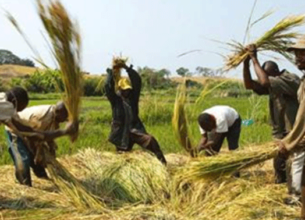Rabi Crops
Rabi Crops
Why in News?
- Recently, Rabi crops are at risk due to an abnormal lack of western disturbances over northwest and central India
Highlights
- The region doesn’t have enough rainfall and moisture, which is crucial for growing wheat during the winter
- Incessant rainfall in the region in the first two weeks of October, 2022 due to several active weather systems caused this paradox.
- A possible impact of the continuing La Niña phenomenon in the equatorial Pacific Ocean and a warming Arctic region might also have contributed.
- One of the weather systems that brought extreme rainfall at the beginning of October was a western disturbance — extratropical storm systems that bring winter rainfall to northwest and some parts of central India from the Arctic, Mediterranean and West Asian regions.
- A lack of western disturbances in November, 2022, and the complete absence of them in December, 2022, is primarily responsible for the lack of rain since early October, 2022
- These crops are sown around the Retreating Monsoon and Northeast monsoon season, which begins in October and are called rabi or winter crops.
- The harvest for these crops happens typically during April and May, during the summer season.
- These crops are not much affected by the rainfall.
- Major Rabi crops are wheat, gram, peas, barley etc.
- A warm climate is required for seed germination and cold climate for the growth of crops.







